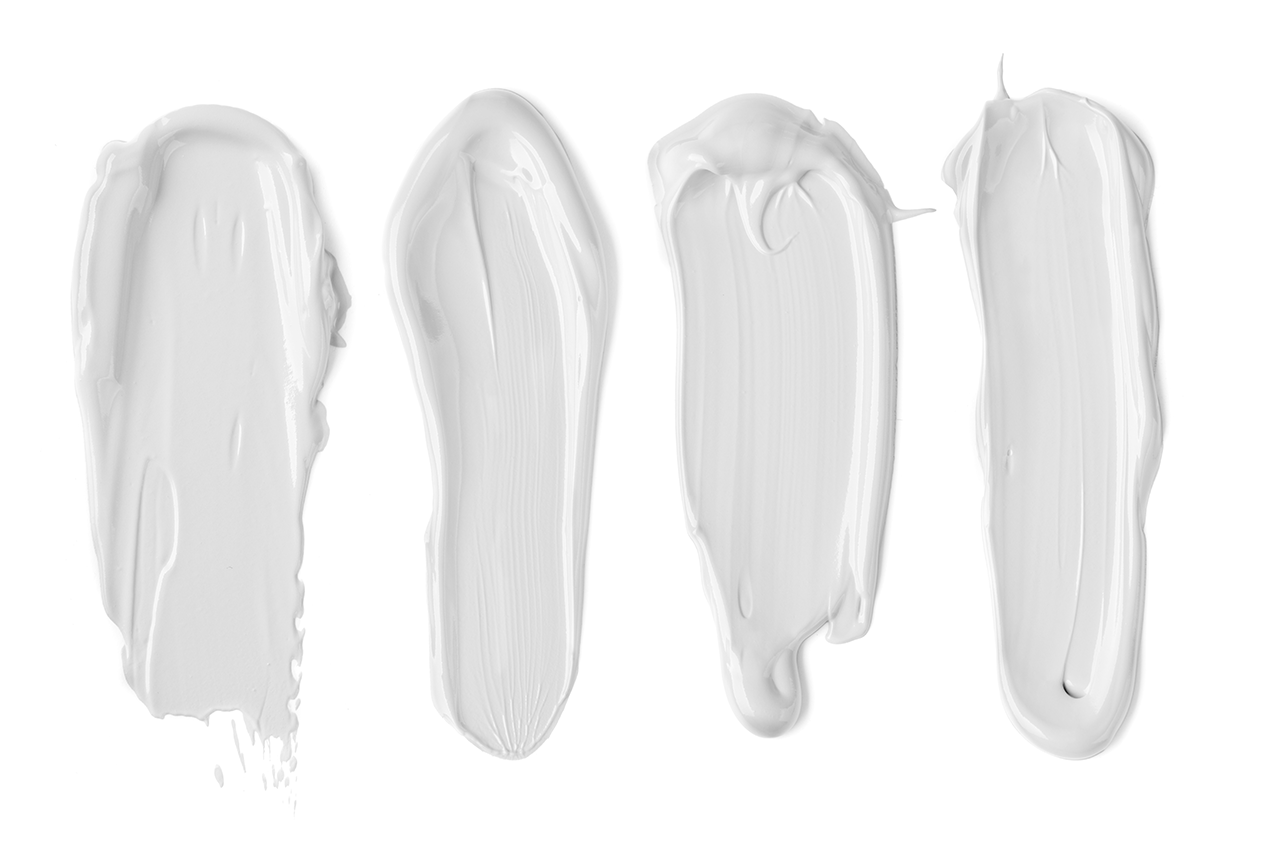The largest organ in the body is the skin. It covers you from head to toe and consists of three layers: the epidermis, dermis and hypodermis.
- The hypodermis consists of a layer of fat, and nerves and blood vessels.
- Above this layer is the dermis which is comprised of nerves, blood vessels, hair shafts, sweat and sebaceous glands. The sebaceous glands produce sebum, an oily, waxy substance that gives the skin its oily feel and texture. The problem with the secretion of sebum is that it can lead to acne and other skin-related problems.
Most moisturisers and cosmetic products work solely on the cells in the epidermis section (the top-most layer). Moisturisers aim to prevent moisture from leaving the skin’s surface and/or replenish its water supply. They essentially provide a bit of water that penetrates the cell membranes to rehydrate and plump up the outermost layers of dead skin cells.
But what makes one moisturiser different from another? It all comes down to the ingredients.
Occlusives
Occlusives form a barrier on the surface of the skin that water molecules can’t penetrate. They lock in the water molecules that are already inside the skin, which makes them very effective at keeping the skin hydrated.
Emollients
Emollients fill the spaces between cells in the skin to make it feel smoother. Though emollients and occlusives share similar components, but they work quite differently. While occlusives simply form a barrier on the outermost layer, emollients penetrate the skin and fill the gaps between cells that are missing fatty layers of lipids.
Humectants
Humectants help draw water to the skin to keep it hydrated. When applied on the skin, humectant molecules attract moisture from the environment and retain it inside the skin, which is why many skin lotions contain humectants.
Humectants also make young, moist cells stick to the surface, to help keep the skin from becoming flaky. They also stimulate the body’s natural production of ceramides, which keep any loss of water from the outermost layer in check.
In essence, all commercial moisturisers basically work on the same principle. However, they may have additional features, like different expiration dates (thanks to some preservatives), a pleasant fragrance, an eye-catching cover or a popular brand ambassador.
Why does your skin need moisture?
The daily loss of skin cells leaves certain areas vulnerable to dryness. Moisturising helps your skin stay young.
Replenish your skin with ingredients that can help enrich the surface and revitalise hydration. This will benefit the skin and help it look and feel soft, smooth, and supple!
Skin-replenishing ingredients to consider include hydration-boosting superstars like hyaluronic acid, ceramides, sodium PCA, glycerine, glycerol, silicones, petrolatum, salicylic acid, and alpha hydroxy acids. You can use natural oils too, like coconut oil, jojoba oil, olive oil, sunflower seed oil, shea butter, almond oil and grapeseed oil.
Sunscreen
During the day, your moisturiser should contain broad-spectrum sunscreen rated SPF 30+ or more. Moisturisers and anti-ageing products can’t really keep up with what sun exposure can cause to the skin. Even on a cloudy day, put on some SPF; the sun sees you even when you can’t see it.
Unprotected sun exposure continually takes a knock at your skin and hinders its ability to hold in moisture and replenish the vital substances dry skin needs. Make sure the label says “broad spectrum” and apply it liberally to ensure you’re getting enough protection.
References:
- https://www.health.harvard.edu/staying-healthy/moisturizers-do-they-work
- https://www.scienceabc.com/humans/how-does-a-skin-lotion-moisturizer-emollient-occlusive-work.html
- https://www.paulaschoice.com/expert-advice/skincare-advice/dry-skin/what-your-moisturizer-must-contain.html
- https://www.everydayhealth.com/skin-and-beauty/best-natural-oils-healthy-skin/
- https://www.healthline.com/health/essential-oils-for-skin#anti-aging
- https://www.everydayhealth.com/skin-and-beauty/best-natural-oils-healthy-skin/

